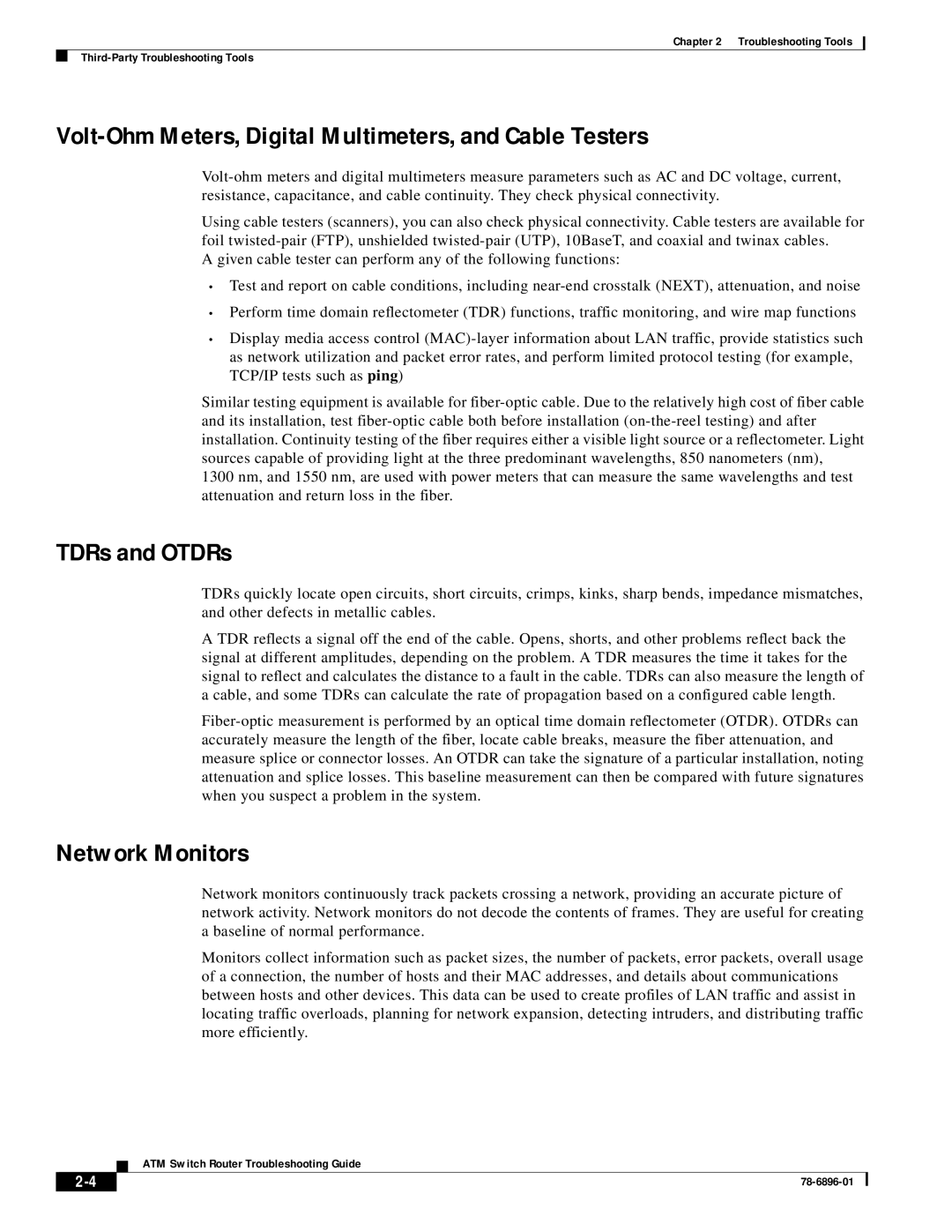78-6896-01 specifications
Oxygen 78-6896-01 is a state-of-the-art oxygen concentrator designed for both home and clinical use. This innovative device is engineered to deliver high-quality oxygen therapy to those suffering from respiratory conditions such as Chronic Obstructive Pulmonary Disease (COPD), asthma, and other ailments that require supplementary oxygen.One of the standout features of the Oxygen 78-6896-01 is its advanced oxygen generation technology, which employs a molecular sieve to efficiently separate oxygen from ambient air. This process ensures a high purity level of approximately 90 to 95 percent, allowing patients to receive the necessary oxygen concentration to alleviate their symptoms and improve their overall quality of life.
The Oxygen 78-6896-01 is equipped with a user-friendly digital interface that includes an LCD display, providing real-time information on oxygen flow rates and battery status. This ensures that patients are always informed and able to manage their therapy effectively. Additionally, this concentrator offers various flow settings, catering to the specific needs of individual users—ranging from low-flow to high-flow options.
Portability is another significant characteristic of the Oxygen 78-6896-01. Weighing in at an ergonomic design, it comes with built-in handles and wheels, making it easy to transport from room to room or even for travel. The ultralight and compact design ensure that patients can maintain their active lifestyles without being tethered to a stationary oxygen supply.
The device is also equipped with several safety features, including an automatic shut-off mechanism that activates in the event of a malfunction, ensuring the user's safety. Moreover, its low-noise operation enhances the user experience by providing a quiet environment, making it suitable for use during sleep or in communal living situations.
With a long-lasting battery life, the Oxygen 78-6896-01 allows users the freedom to move about without worrying about constant plugs and outlets. It also incorporates advanced filtration systems to minimize maintenance needs, giving users peace of mind.
In summary, the Oxygen 78-6896-01 is a highly efficient, portable, and user-friendly oxygen concentrator that stands out for its advanced technology, safety features, and ease of use. It's an essential tool for individuals needing supplemental oxygen therapy, enabling them to lead fuller, more active lives while managing their respiratory health effectively.

